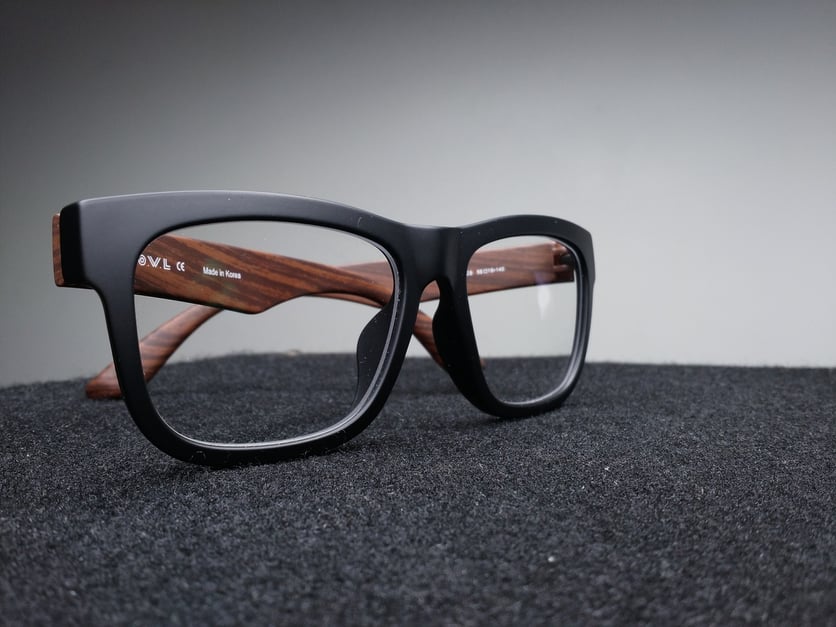Our Lead Designer's perspective on Instagram's new logo.
I first noticed the icon on my phone when I was scanning for something that morning. I definitely did a double-take, thinking, “Eww, what is that? And how did it get on my phone?” Then I realized it was Instagram. “Whew. Okay. Well at least nobody hacked into my phone.” (Yes, maybe I am a little paranoid.) Then I looked online to see what people were saying about the new change.
As you may be aware, the crowd is mixed. There are lots of haters but also some fans. After reading a few opinions and taking a look at Instagram’s own statements about the new changes, here’s what I think, for what it’s worth.
The icon is an improvement on what they had, but overall it’s a little too flat. Much has been talked up about the icon’s transition to a “flat design.” If you’re someone that has paid attention to trends in web/digital design, then this is just a common sense move – everyone’s doing it (Apple, Microsoft, Google, Twitter, Facebook, etc.), so it’s “on trend.”
Back in 2010 when Instagram was in its infancy, realistic (aka skeuomorphic) design still reigned throughout our beloved interwebs. But in the last several years, flat design has become the norm for a couple of good reasons. (Check out this website for a fun, interactive experience of the difference between flat and realistic design.)
First, flat design is practical. In the now-dominant realm of mobile interfaces, icons need to be legible at teeny-tiny sizes. Imagery with fine details doesn’t hold up so well at such small sizes. And simpler, more minimal designs also make for quicker loading times.
Second, “flat design” as an aesthetic is a good design move for icons because both flat design and icons themselves are about the beauty of simplicity. Most designers agree that a good icon is the simplest (yet still recognizable) form of the object or concept that it is supposed to represent – it should be simple by nature. Adding layers of ornamental features like drop shadows, textures and gradients distract people from what the icon is supposed to represent. Instead, flat design allows an icon to remain simple.
All that being said, I think that the new Instagram icon is a little too generic. I may be the only person that did not like the old icon (it was far too fake-realistic for my taste), but the new icon is sooo simplified that it seems to lack the unique character required for representing an entire social media platform.
As for the gradient, I don’t like it – at least not when it’s used so dominantly. As “flat” as the camera icon is itself, the gradient background introduces a conflicting sense of dimensionality behind the flatness of the actual camera icon. It’s a weird clash of two worlds. One disclaimer: the gradient also reminds me of all the purply-pink things that were pushed on me as the only girl in a family with four kids. It’s hard to walk away from personal preferences like that. To this day, I still avoid those colors as much as possible.
One thing I love is the whole system. Most of the buzz has just been about Instagram’s new icon, but they’ve also introduced a new interface layout and complementary icons for their daughter apps (Layout, Boomerang and Hyperlapse) – which use the gradient in a more minimal way that’s less distracting. When you see all of these pieces presented together, it makes for a fun, flexible identity system. And that’s a win.
In the end, all of it will probably just take some getting used to.
I did like how they unveiled it to the world. The video does a great job giving a glimpse into the process and development of creating the new icon. I love how they show all the iterations of the icon and how the colors in the gradient were pulled from the original rainbow. With these little vignettes, Instagram provides a context for the new icon; they show that the new icon is an evolution—not a departure—from the original.
This is a helpful tool. While I still don’t love the gradient, I can give it some respect after watching the video and seeing where it came from. Just being shown that the icon was created via a thoughtful process, not just randomly out of the blue, gives me a sense of appreciation for the icon.
The video also does a great job of reminding the public what Instagram is all about. They use the video not just to explain the mechanics of how the logo was made — they also tell a story that Instagram is a fun, playful interface built via community and connected to the past but on pace with the changes of the future. What a way to maximize an opportunity.
So what can the Church learn from this update?
